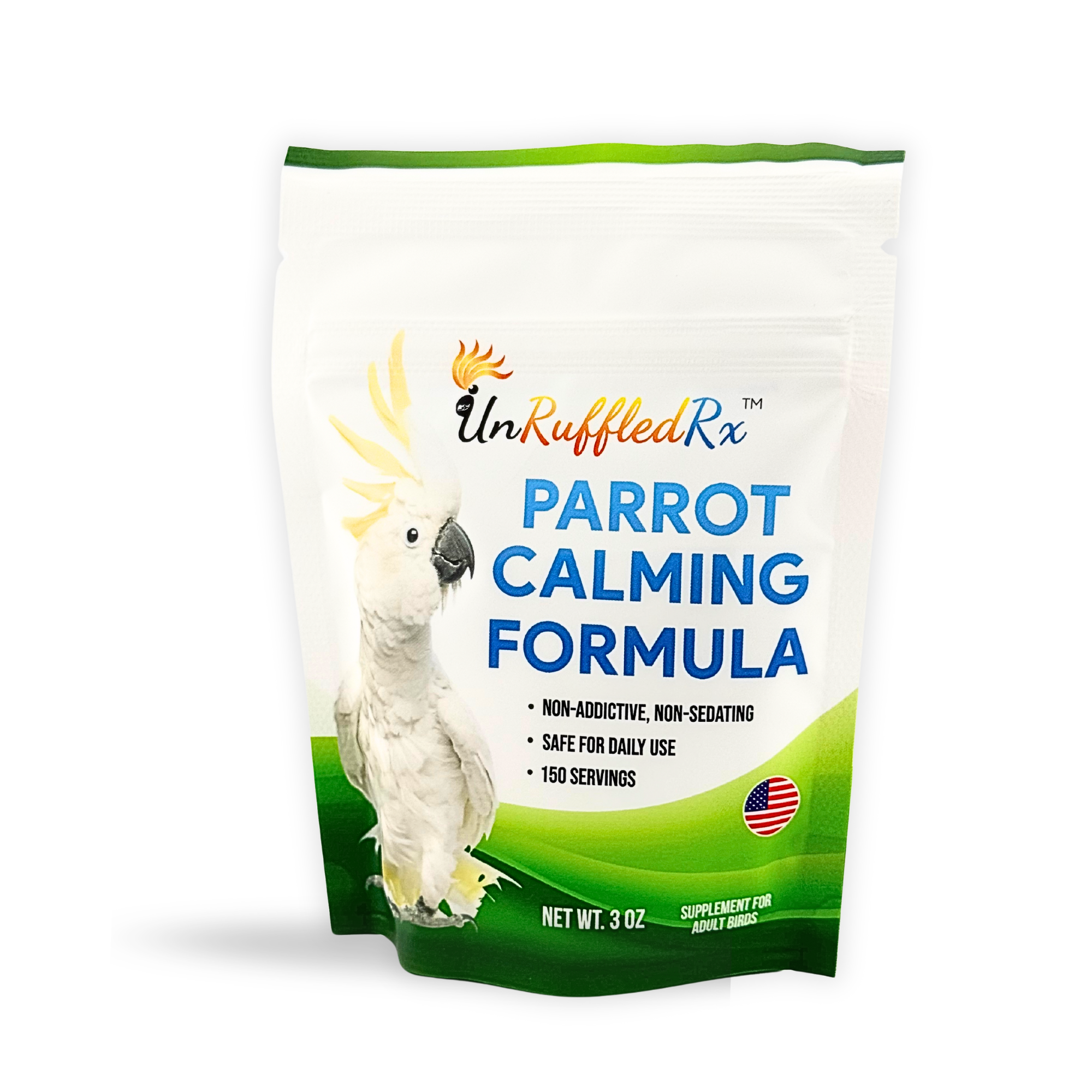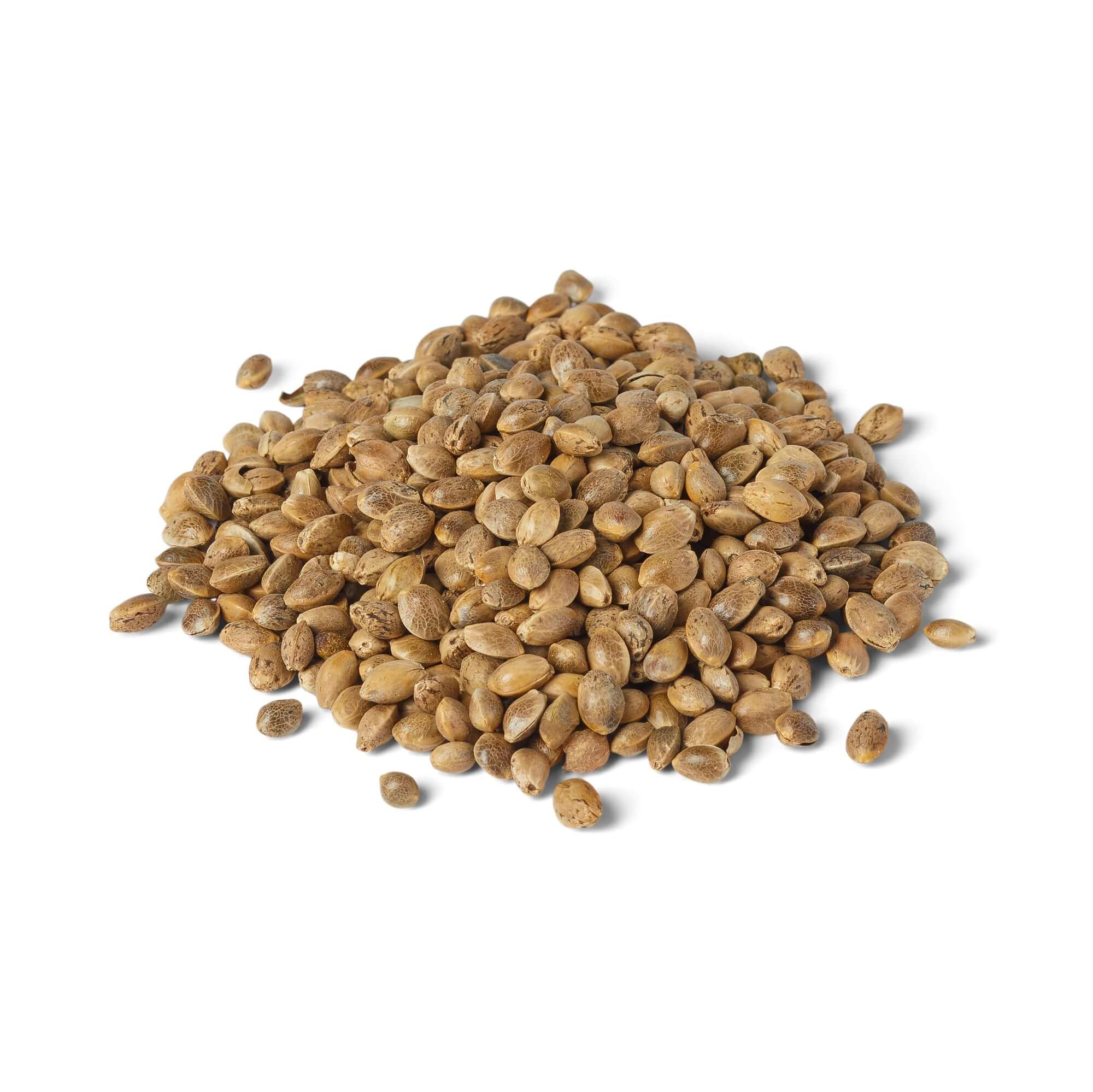Table of Contents
On National Pet Theft Day, let's shine a spotlight on a lesser-known but equally concerning issue: parrot theft. It's a grave problem that often flies under the radar, yet thousands of our feathered friends are snatched away each year, with parrots bearing the brunt of this crime. The ongoing pandemic has exacerbated the stolen bird situation, heightening the risks for bird owners everywhere. In this blog post, we're delving deep into the world of bird theft, uncovering its various guises and offering actionable tips to safeguard your cherished avian companions.
Why do people steal birds?
For centuries, parrots have captured our hearts with their vibrant plumage, clever antics, and uncanny ability to mimic our speech. Their popularity as pets has soared over time, but with it comes a dark reality: the rise in bird theft.
The allure of owning these charismatic creatures has never been stronger. Yet, their desirability has fueled a dangerous underground market where prices reach astronomical heights. The Wild Bird Conservation Act of 1992 aimed to protect wild parrot populations, but inadvertently, it skyrocketed the value of domestic birds. Now, these feathered companions command steep prices, making them prime targets for thieves.
What's truly unsettling is the staggering value placed on well-socialized parrots, with some fetching thousands of dollars – a tempting prize for those willing to exploit the demand. As the demand grows, so does the risk of theft, leaving bird lovers and owners on high alert.
How frequently does parrot theft happen?
Bird theft is a big problem all around the world, even right here in the US. Every year, lots of birds, like parrots, get stolen, but we're not exactly sure how many. People really like wild-caught birds because they make good pets, especially in countries like Colombia, Brazil, and Peru where stealing parrots is a big business.
But it's not just wild birds that are at risk. Even pet birds from stores, sanctuaries, zoos, and people's homes are getting taken more often, especially since COVID-19 started. Tony Silva, who knows a lot about birds, says that because people were feeling lonely and bored in 2020, more folks got interested in birds, which sadly led to more stealing. Parrots are some of the most stolen pets because they can be sold for a lot of money, sometimes hundreds or even thousands of dollars!
Different kinds of birds are at risk depending on where you live, but bigger parrots like macaws and cockatoos are often targeted. Rare birds or ones with cool colors can also be worth a lot of money on the "black market."
It's a serious problem for people who love their birds and for those who work to protect wildlife. But there are things we can do to keep our feathered friends safe. Simple steps like making sure your bird's home is secure and keeping good records can help lower the chances of them being stolen.

How can you protect your bird from being stolen?
Keeping your parrot safe from theft is really important. Here are some easy things you can do to help protect them.
-
Keep a low profile: Avoid boasting about or publicly advertising your parrot ownership, as this can attract unwanted attention from potential thieves.
-
Invest in home security: Enhance your protection by installing outdoor security and modern indoor cameras equipped with pet-friendly features such as night vision, two-way talk, and even carbon monoxide detection. These advanced cameras not only help monitor your property but also provide real-time communication capabilities. Since our parrots often squawk when unfamiliar individuals enter their area, the two-way communication feature can prove invaluable in promptly assessing and addressing any potential threats to your bird's safety.
-
Microchip your bird: Microchipping your parrot provides a reliable form of identification, which can help prove ownership if your bird is lost or stolen. Keep the microchip number in a safe place and update your contact information if you move
-
Document unique features: Take clear photos of any unique markings or features on your parrot. This can aid in identifying your bird if it is ever stolen, especially since many species of birds resemble each other.
-
Be vigilant: Stay alert and cautious if someone shows excessive interest in your bird or asks probing questions about it. Trust your instincts and take precautions to ensure the safety of your feathered friend.
-
Exercise caution online: Be mindful of discussing your pet on social media platforms, as sharing too much information about their whereabouts or routines may inadvertently provide potential thieves with valuable insights into your bird's location and vulnerability.
- Maintain privacy outdoors: Be cautious about leaving your parrot visible from windows or unattended in outdoor aviaries, as this could attract unwanted attention from passersby or potential thieves. Ensure that outdoor enclosures are securely locked and not easily accessible to unauthorized individuals to minimize the risk of theft. Regularly inspect the perimeter of your property to identify any potential vulnerabilities and take appropriate measures to address them.
- Foster neighborhood watch systems: Encourage the establishment or participation in neighborhood watch programs within your community. Collaborating with neighbors to keep an eye on each other's properties can serve as an effective deterrent against theft and provide an additional layer of protection for your pet parrot. By working together to maintain vigilance and promptly report any suspicious activity, you can help create a safer environment for all residents and their beloved pets.
What to do if your parrot goes missing
Here's a list of steps to take to locate a stolen pet:
-
File a police report: Immediately report the theft to your local law enforcement agency. Provide them with as much information as possible about your pet, including a detailed description and recent photos.
-
Contact animal shelters and rescue organizations: Reach out to nearby animal shelters, rescue groups, and animal control agencies to inform them about your stolen pet. Provide them with a description and photo of your pet and ask them to keep an eye out for any new arrivals matching your pet's description.
-
Spread the word: Utilize social media platforms to share information about your stolen pet. Post on your personal accounts, local community groups, and pet-related pages. Encourage friends, family, and followers to share the post to reach a wider audience.
-
Offer a reward: Consider offering a reward for information leading to the safe return of your pet. Prominently display this reward on your social media posts, flyers, and other outreach efforts to incentivize people to help in the search efforts.
-
Search your neighborhood: Conduct a thorough search of your neighborhood and surrounding areas. Look for any signs of your pet or potential clues that may lead to their whereabouts. Distribute flyers and posters with your pet's photo and contact information in visible locations.
-
Utilize pet recovery services: Explore pet recovery services and websites that specialize in reuniting lost or stolen pets with their owners. These platforms often have databases and resources to aid in the search process.
- Bird Hotline
- Craig’s List [‘Pets’ &‘Lost and Found’ sections]
- Internet Lost and Found
- Birdmart Parrot Classified Ads – Lost & Found
- Lost Pet SOS
- Found and Lost Pets
- Flealess Market’s Lost Pets International
- Cockatiel Cottage
- Lost and Pound
- Pet Harbor Shelter Listings
- Hugs for the Homeless
-
Follow up on leads: Follow up on any leads or sightings reported by community members or individuals who may have information about your pet's whereabouts. Stay in contact with law enforcement and other organizations involved in the search effort.
-
Stay persistent: Remain persistent in your search efforts and don't give up hope. Keep actively looking for your pet and continue spreading the word until they are safely reunited with you.
By taking these proactive steps and remaining vigilant in your search efforts, you can increase the chances of locating your stolen pet and bringing them back home.
Related Posts:
Why Microchipping Your Bird Is So Important
References:
Engber, D. "Why is Everyone Stealing Parrots?" The Atlantic
How To Protect Against Dog Theft
Jourgensen, P. How to Protect Your Bird's from Theft and What to Do if it Happens
Link to this blog
Diane Burroughs, LCSW is a licensed psychotherapist trained in ABA therapy techniques. She specializes in avian anxiety disorders and is certified in Nutrition For Mental Health. Diane has written a number of bird behavior books and she offers behavior consultations. She's developed a range of UnRuffledRx Science-backed Parrot Wellness Supplies.
Diane's products have been featured in the Journal of Avian Medicine and Surgery and at Exoticscon, a conference for exotic pet veterinarians. Her bird collars & supplements are stocked in avian vet clinics and bird stores throughout the US. With over 30 years in the field of behavior, Diane has created thousands of successful individualized behavior plans that help pets thrive.
TAGS: #StolenBird #BirdTheft #ParrotTheft
SHARING IS CARING! PLEASE SHARE ON YOUR FAVORITE SOCIAL MEDIA NOW!














